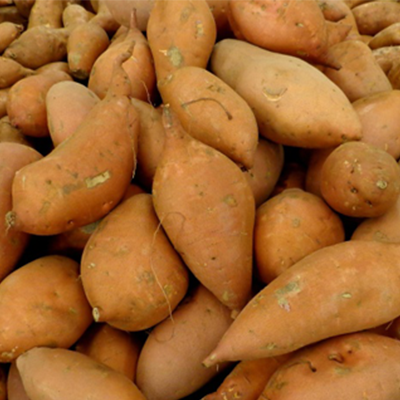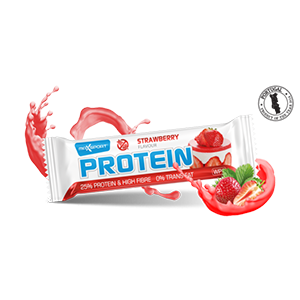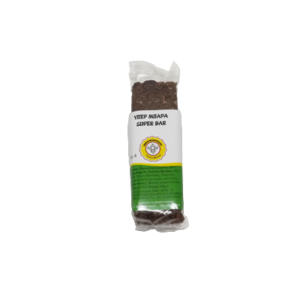Η γλυκοπατάτα έχει υψηλή περιεκτικότητα σε βιταμίνη C (μάλιστα σε διπλάσια ποσότητα από τις απλές πατάτες), θειαμίνη, κάλιο και μαγγάνιο. Επιπλέον, περιέχει βιταμίνη Β6 και D, σίδηρο, μαγνήσιο και β-καροτίνη. https://www.olivemagazine.gr/%CF%87%CF%81%CE%AE%CF%83%CE%B9%CE%BC%CE%B1/%CE%B4%CE%B9%CE%B1%CF%84%CF%81%CE%BF%CF%86%CE%B9%CE%BA%CE%AC-%CF%87%CF%81%CE%AE%CF%83%CE%B9%CE%BC%CE%B1/8-%CE%BB%CF%8C%CE%B3%CE%BF%CE%B9-%CE%B3%CE%B9%CE%B1-%CE%BD%CE%B1-%CE%B2%CE%AC%CE%BB%CE%B5%CE%B9%CF%82-%CF%84%CE%B9%CF%82-%CE%B3%CE%BB%CF%85%CE%BA%CE%BF%CF%80%CE%B1%CF%84%CE%AC%CF%84%CE%B5%CF%82-%CF%83/
Besides simple starches, raw sweet potatoes are rich in complex carbohydrates, dietary fiber and beta-carotene (a provitamin A carotenoid), with moderate contents of other micronutrients, including vitamin B5, vitamin B6 and manganese (table).[46] When cooked by baking, small variable changes in micronutrient density occur to include a higher content of vitamin C at 24% of the Daily Value per 100 g serving (right table). Sweet potato cultivars with dark orange flesh have more beta-carotene than those with light-colored flesh, and their increased cultivation is being encouraged in Africa where vitamin A deficiency is a serious health problem. A 2012 study of 10,000 households in Uganda found that children eating beta-carotene enriched sweet potatoes suffered less vitamin A deficiency than those not consuming as much beta-carotene. https://en.wikipedia.org/wiki/Sweet_potato
Γλυκοπατάτες – Sweet potato
Διαθεσιμότητα: όλο τον χρόνο
Availability: all seasons





